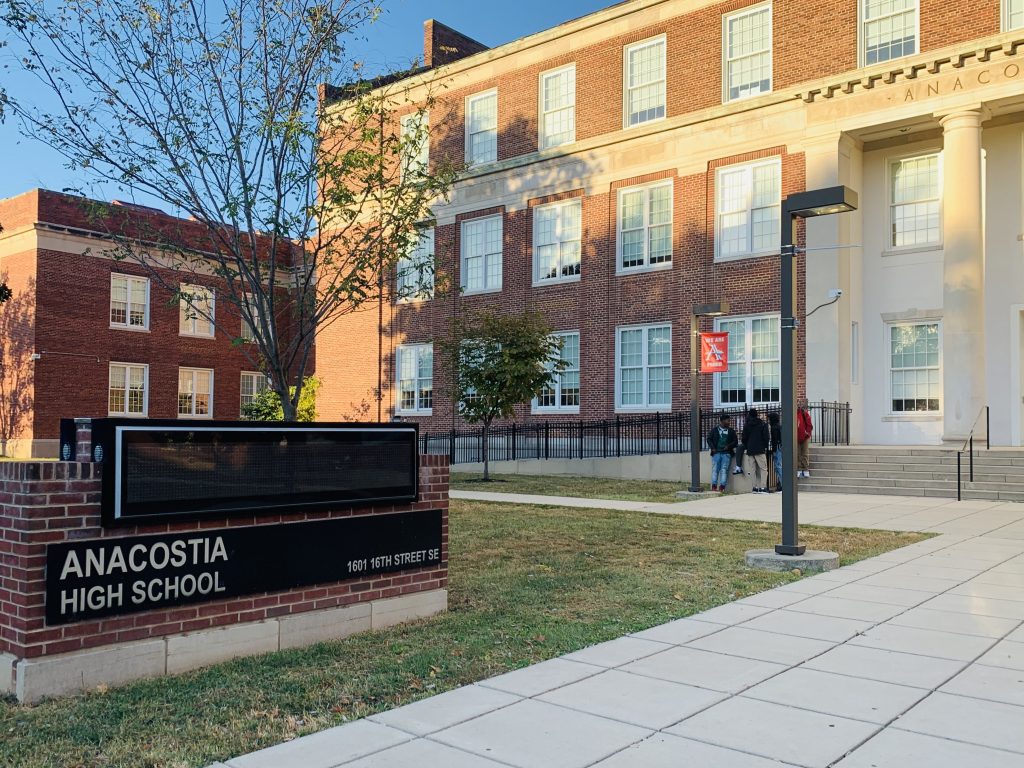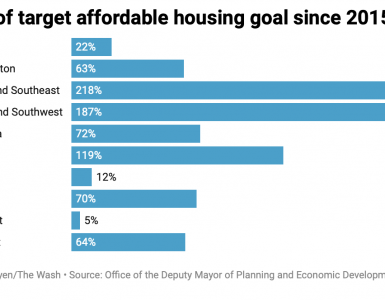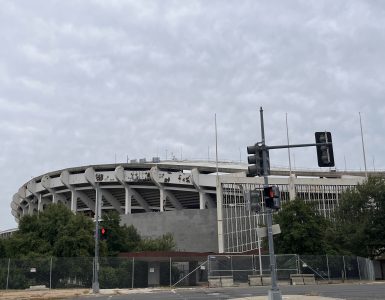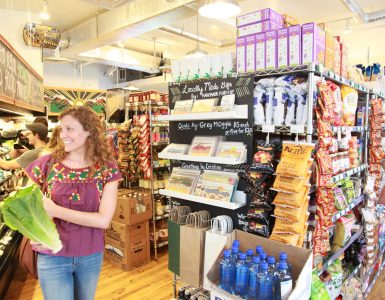A new initiative at a Southeast D.C. high school emphasizes the importance of strong communities and families in order to ensure a student’s overall success.
Anacostia High School is one of the 10 schools selected to be a Connected School this year.
Launched by District of Columbia Public Schools (DCPS), Connected Schools aim to partner with the community to combine academics, health and social services, youth and community development and community engagement to ensure students succeed in and out of the classroom, regardless of their background or neighborhood.
After the passage of Every Student Succeeds Act (ESSA) in 2015, public schools became more responsible for how students learn and achieve. DCPS conducted a needs assessment to find out which area students felt they needed more resources.
“Our students asked for something more,” said William Haith, the principal of Anacostia High School. “So, DCPS realized the need to not only create a program that supports students, but this program should also have access to their families as well.”
Connected Schools also work to partner with community organizations and stakeholders who provide direct resources to families and students in a range of areas.
According to DCPS, the five key elements of a connected school include healing-centered practices, community and family engagement, strong student support systems, place-based services, and the role of a manager who serves to implement all the elements.
“Bridging the school with the community”
The Connected Schools Manager serves at each of the ten schools to apply the program’s goals and connects community partners, school employees, and student’s parents together.

At Anacostia High, Latisha Chisholm serves in this capacity.
“My role here is to move us toward being a full-service community school,” said Chisholm who came to Anacostia as a teacher and coordinator four years ago.
At Anacostia High, Chisholm analyzes the structure and resources available in the school, in the community, and identifies where there may be gaps or where new partnerships can be developed.
With the partnerships already available at the school, and the newly established ones outside of the school, Anacostia and Ballou serve as “neighborhood hubs” for parents and their children to find direct resources for things like food, counseling, and health services.
“We have a very strong network of support that is offered to our parents already. With connected schools, we want to make sure there is not anything that they want to happen that we’re not providing,” Chisholm said.
Neighboring Anacostia High School is Frank W. Ballou Senoir High School, another Connected School.
Shajena Cartagena, the redesign director at Ballou, sees connected schools as an opportunity for families to engage more with the schools not just for their children’s wellbeing, but because they personally feel welcomed, loved, and known.
“To me, taking the school to the community is another powerful way of being able to build those relationships,” said Cartagena.
Needs Being Met
Mental health resources are another large aspect of a connected school. The issues of trauma and mental health are ones that faculty and staff cannot ignore.
According to Chisholm, the school has done more to make improvements on to their strong mental health team and this year has established partnerships in this area so that students are offered “extensive mental health support.”
Located in the District’s most economically disadvantaged ward, most students at Anacostia High are Black or Latinx, and come from low-income households.
“There’ve always been issues of high-poverty, high-crime, and now we’re going through the phase of gentrification,” Principal Haith said.
With the looming rise of gentrification and charter schools in the area, student enrollment at Anacostia has been impacted. According to Haith, Anacostia High has seen a decrease in enrollment, and this year barely 300 students are in attendance compared to more than 500 students five years ago, and thousands more years before that.
Despite the changing environment, the school remains resilient. Connected Schools in the district are necessary to the healthy lives of students and families which in turn, affect the entire community.
Earlier this month, the Mayor’s Office of Neighborhood and Safety Engagement established a leadership academy for juniors and seniors at Anacostia High School. The academy offers a range of opportunities for students including career-readiness, goal-setting, and safe rides to and from school.
The academy is just one of the myriad of ways Anacostia High School vows to continue their mission to uplift and improve the livelihood of everyone the school serves.
“We want to make sure our students are prepared for college, prepared for their careers, and are prepared to go out and be really strong citizens,” Chisholm said. “We want to be sure we’re giving our students exposure to options and scenarios that they can dream of.”
Photos by Kristen Johnson















Add comment